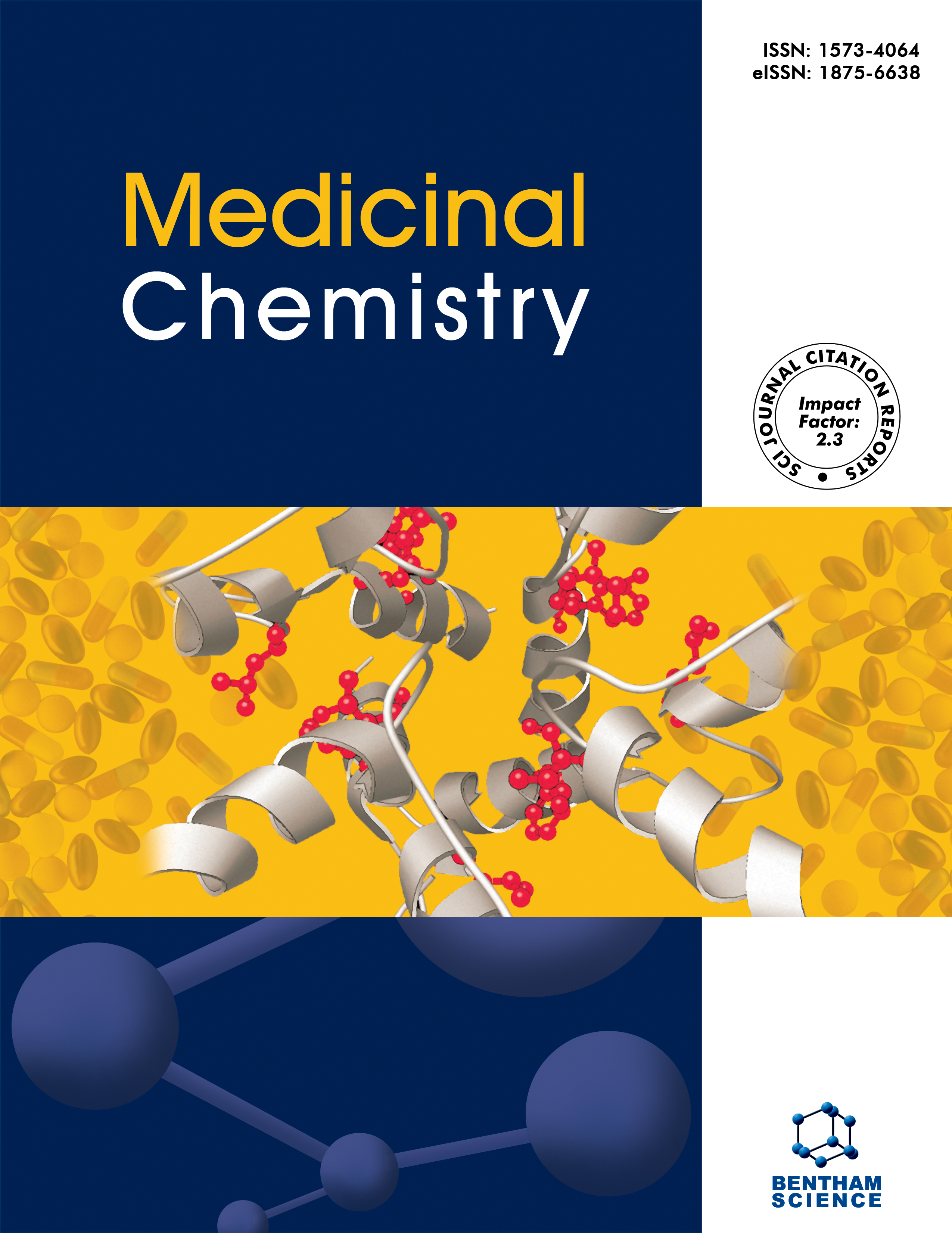
Full text loading...
Over the past ten years, a remarkable number of changes have occurred in the field of cancer drug research. Most anticancer drugs from the first generation work by breaking down DNA, preventing its production, interfering with cell division processes, or attaching to microtubules. The potential use of tryptanthrin as well as its analogues is well documented for anticancer properties.
To design a novel hybrid of tryptanthrin analogs with expected anticancer activity.
By changing the C-6 carbonyl position of the tryptanthrin molecule, a set of 72 derivatives of substituted-6-benzylidine-6H-indolo[2,1-b] quinazoline-12-one was developed. These ligands were screened in silico using Schrodinger Glide extra precision docking against DNA topoisomerase using doxorubicin and teniposide as references to identify their potential anticancer properties. Further, these ligands were subjected to an in silico ADMET study to identify their drug likeliness.
Combined results of molecular docking and in silico ADMET study suggest that out of the total 72 ligands, 6 ligands RC 51, RC 29, RC 42, RC 3, RC 54, and RC 63 were showing very better binding affinity than the natural ligand adenylyl-imidodiphosphate and the two standard reference drugs- doxorubicin and teniposide.
Our computational approach was successful in identifying ligands that are potentially potent topoisomerase inhibitors. These can be tested further using in vitro and in vivo analysis.

Article metrics loading...

Full text loading...
References


Data & Media loading...

